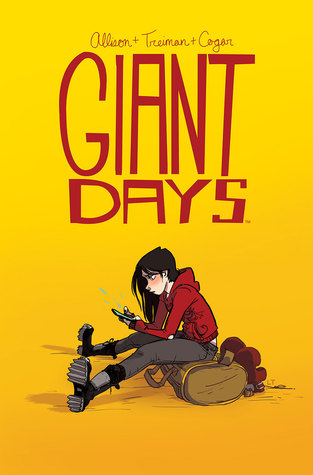Erik
Larson’s latest book provides me with my second reason why she has no desire to
ever, ever take a cruise. The first was all the books I’ve read on the Titanic.
Like
Larson, I knew a bit about the sinking the luxury liner Lusitania, but after
reading his book, I realize that my knowledge was skimpy at best,
embarrassingly wrong at worse. I had always thought that the sinking of the
Lusitania and other ships carrying American citizens is what propelled the
United States into the Great War. Wrong. President Woodrow Wilson was a cool
cucumber after the boat sunk, with the loss of life reaching a total of 1,198 of
the 2,000 souls who were on board.
The
ship left New York bound for Liverpool, England, on May 1, 1915. She was sunk
by a torpedo form the German U-20 on May 7. When she sailed from New York
harbor, she was booked to capacity. “This was, according to the New York Times, the greatest number of
Europe-bound passengers on a single vessel since the year began.” Rather
remarkable given that the war had been raging for ten months.
Larson
gives reader lots of background information. I admit to discovering more about
the politic of both Germany and the U.S., more about U-boats, and more details
about the Lusitania than I ever though I would. Larson is an expert at
narrative nonfiction that pulls readers into the story.
And
while he is adept at making some boring topics interesting, his true success
comes into his details about people. The U-20 commander, Schwieger, was a
cold-blooded SOB. He didn’t think twice about sinking boats of all sizes, even
those carrying large number of women and children. His main goal on each
mission was to put as much tonnage as he could on the bottom of the world’s oceans
and seas. The Lusitania’s captain, William Thomas Turner, was a credit to his
position. I think I would have like him.
The
parts of the book that I enjoyed most were the one about the passengers.
Readers get to know several of the passengers. Larson paints vivid pictures of
life aboard the liner.
The
entire book leads up to the moment that a U-20 torpedo strikes the boat. The horrendous
details that follow are enough to give readers nightmares. The sinking read much
like the Titanic sinking: people jumping from the ship, the lifeboats (there
were enough) not functioning properly, the debris that littered the ocean
surface after the boat dropped below the waterline. To me, the most horrifying scenes
were the people floating upside down in the water. They had put their lifejackets
on incorrectly, thereby causing their heads to be forced underwater.
I
give Dead Wake 4 stars out of 5. The
details of the ships and the politics were a bit much for me. I think they
could have been condensed somewhat.




























